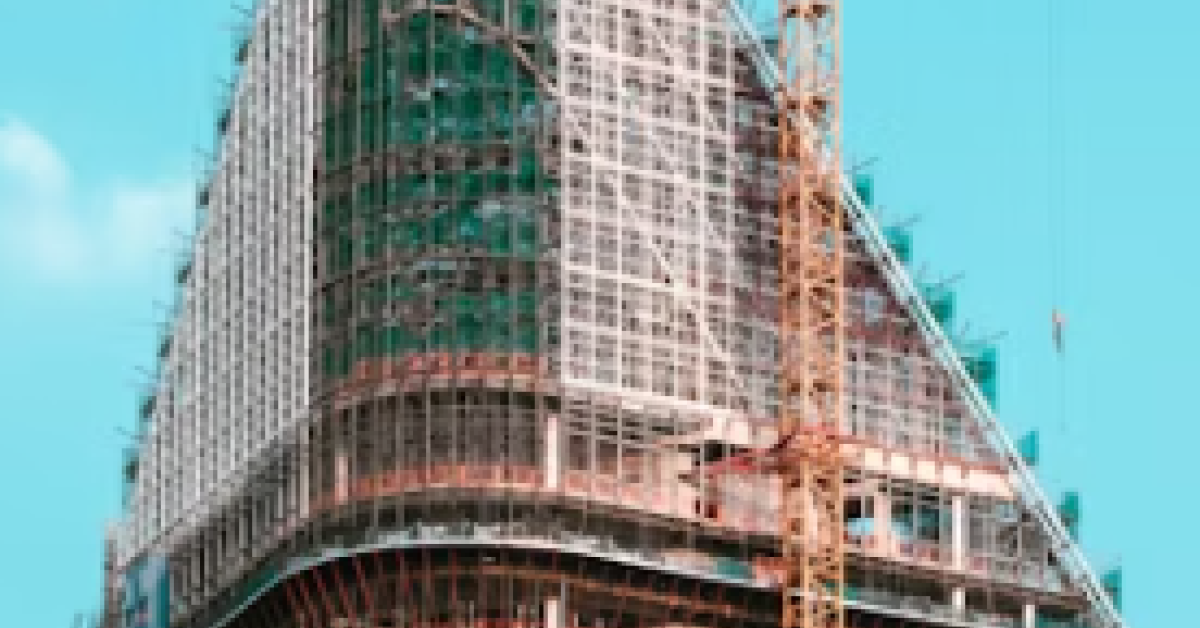Modular Architecture Concepts Revolutionizing Construction Speed

Vivo center (constructing)-Jerry Chen-https://unsplash.com/
Modular Architecture Concepts Revolutionizing Construction Speed
Some revolutions arrive quietly — not with skyscrapers, but with modules stacked with precision. Modular architecture, once a fringe concept, is now redrawing the blueprint of how humanity builds. It’s fast, sustainable, and surprisingly elegant, proving that speed no longer means sacrificing quality or design integrity.
The Origins of Modular Thinking
The concept of modular construction traces back to the early 20th century, when efficiency met necessity. Post-war housing shortages drove architects to experiment with prefabricated components. Decades later, the same principle — building smarter, not slower — fuels a global shift toward modular innovation.
From Factory Floor to Foundation
At its core, modular architecture separates the act of designing from the act of constructing. Modules are produced in controlled environments, ensuring precision and minimizing waste. They are then transported to the site, assembled like a three-dimensional puzzle, and ready for occupancy in record time.
Why Modular Design Speeds Up Construction
- Parallel Workflows: Site preparation and module fabrication occur simultaneously, drastically reducing project timelines.
- Weather Independence: Controlled indoor production eliminates delays caused by unpredictable weather conditions.
- Precision Engineering: Digital fabrication and robotics ensure millimeter-level accuracy in every component.
- Reduced Waste: Repetition in production allows optimized material use, aligning with global sustainability goals.
The Rise of Modular Skyscrapers
What once seemed impossible — constructing tall, elegant buildings from prefabricated modules — has become an architectural milestone. Cities like Singapore and New York now boast modular towers erected in months, not years. Each floor, complete with electrical and plumbing systems, arrives pre-finished, awaiting only vertical assembly.
Sustainability Meets Speed
Speed isn’t modular architecture’s only promise. The method naturally reduces carbon emissions, waste, and energy consumption. By standardizing production, factories can recycle unused materials and control energy use — something nearly impossible on traditional open sites.
Adaptive and Reusable Design
Another hallmark of modular architecture is flexibility. Buildings can be reconfigured, expanded, or relocated with minimal disruption. A hospital wing can be detached and reused elsewhere. Student housing can evolve into residential apartments. This adaptability challenges the permanence that has long defined traditional construction.
The Human Touch in a Prefabricated World
Despite its industrial backbone, modular architecture is far from soulless. Architects are blending craftsmanship with efficiency — integrating natural light, sustainable materials, and culturally relevant aesthetics. The human experience remains the measure of success, reminding us that modular doesn’t mean mechanical.
Shaping the Future of Urban Growth
As cities race to meet population demands and climate deadlines, modular concepts may define the next generation of urban landscapes. What began as a time-saving technique has evolved into a vision of how we might build — swiftly, sustainably, and with design at its heart.
